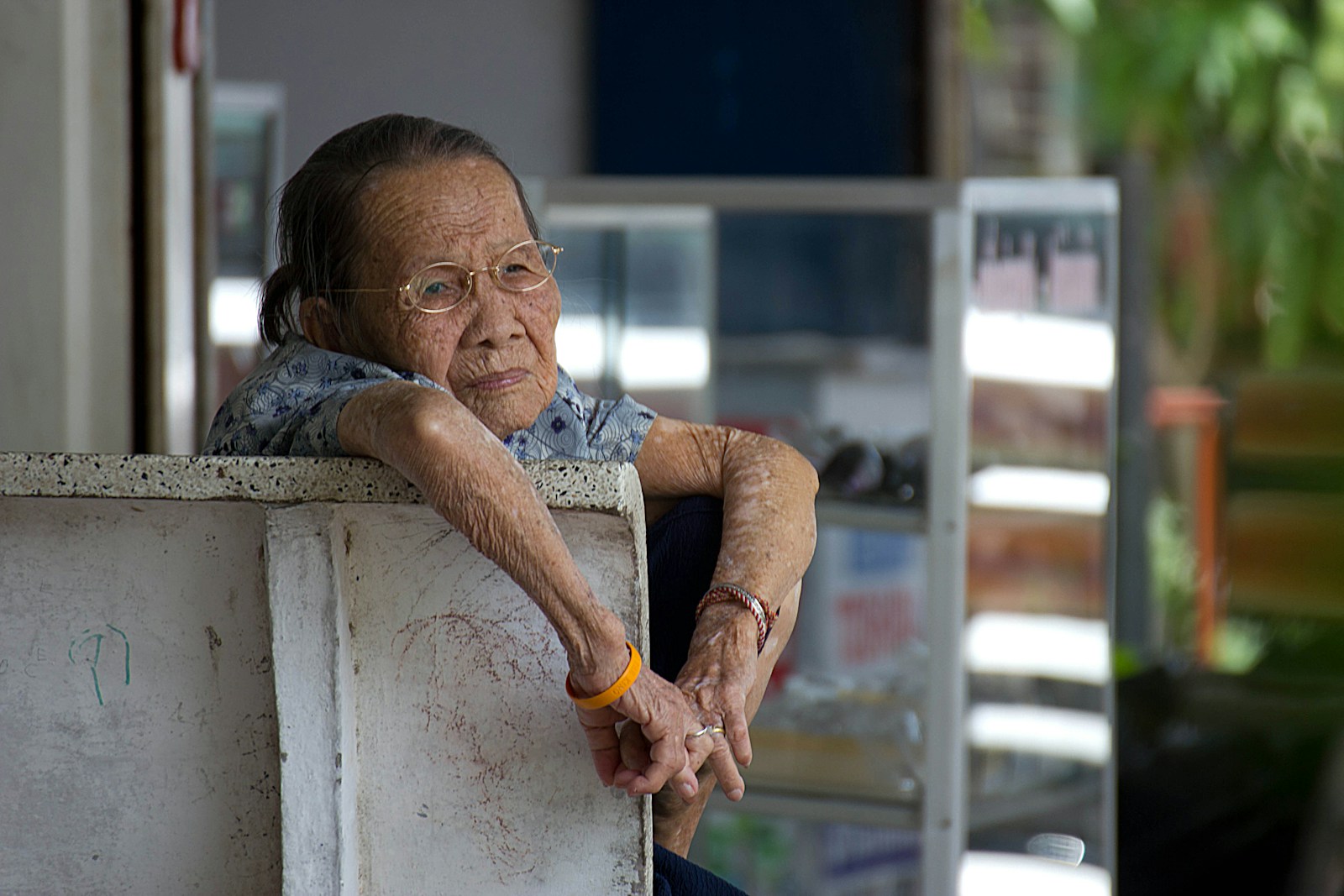The Silver Tsunami: Can Our Healthcare Systems Survive an Aging World?

It is one of the greatest triumphs of the 20th century. Thanks to advances in public health, nutrition, and medicine, human life expectancy has more than doubled over the last hundred years. But this triumph has created one of the most profound and difficult challenges of the 21st: the world is aging at an unprecedented rate, and our social and economic systems are not prepared for the consequences.
This demographic shift, often called the "silver tsunami," is a global phenomenon. But nowhere is the wave cresting faster or higher than here in South Korea. With the world's lowest fertility rate and a rapidly increasing life expectancy, South Korea is projected to become the world's "oldest" country by 2044, with more than a third of its population over the age of 65. The island of Jeju, where I live, is aging even faster than the mainland. This makes my home a living laboratory for a future that is coming for all developed nations.
The Healthcare Cost Bomb
The most immediate and pressing challenge of an aging society is the immense strain it places on the healthcare system. Older people, by nature, require more medical care. They are more likely to suffer from chronic conditions like heart disease, diabetes, cancer, and, most cruelly, dementia. A society with a larger proportion of elderly citizens is a society with a much higher healthcare bill.
The numbers are staggering. In most OECD countries, per capita healthcare spending for people over 65 is three to five times higher than for those under 65. As the massive baby boomer generation transitions fully into retirement and old age, they will place an unprecedented demand on hospitals, long-term care facilities, and the supply of doctors and nurses.
This creates a looming fiscal crisis. The tax base of working-age people is shrinking, while the population of retirees who are drawing on public pensions and health insurance is exploding. The current models of funding healthcare and social security, which were designed in an era of high birth rates and shorter life expectancies, are becoming mathematically unsustainable.
The Crisis of Care
Beyond the financial costs, there is a profound human crisis of care. Who will look after the elderly? Traditionally, this role has fallen to families, particularly women. But with smaller family sizes, greater female participation in the workforce, and increased geographic mobility, the traditional model of family-based care is breaking down.
This has created a massive, and growing, demand for professional caregivers and long-term care facilities. But this is a sector that is already in crisis in many countries. The work is physically and emotionally demanding, the pay is low, and the workforce is shrinking. Many nations are heavily reliant on immigrant labor to fill these roles, but in aging societies with their own shrinking populations, even that may not be enough.
The result could be a future where millions of elderly people are left without adequate care, a silent epidemic of loneliness and neglect.
The Search for Solutions
Navigating the silver tsunami will require a fundamental rethinking of our social contract. It will mean investing heavily in preventative medicine and public health initiatives to keep people healthier for longer, a concept known as increasing "healthspan," not just lifespan. It will require new models of long-term care that are more integrated into our communities. It will necessitate politically difficult but essential reforms to our pension and health insurance systems to ensure their long-term solvency.
And it will force us to have a difficult conversation about the value we place on our elders. The demographic shift is not an abstract economic problem; it is a profound social and ethical challenge. How we choose to care for the generations that came before us will say a great deal about the kind of society we want to be.
